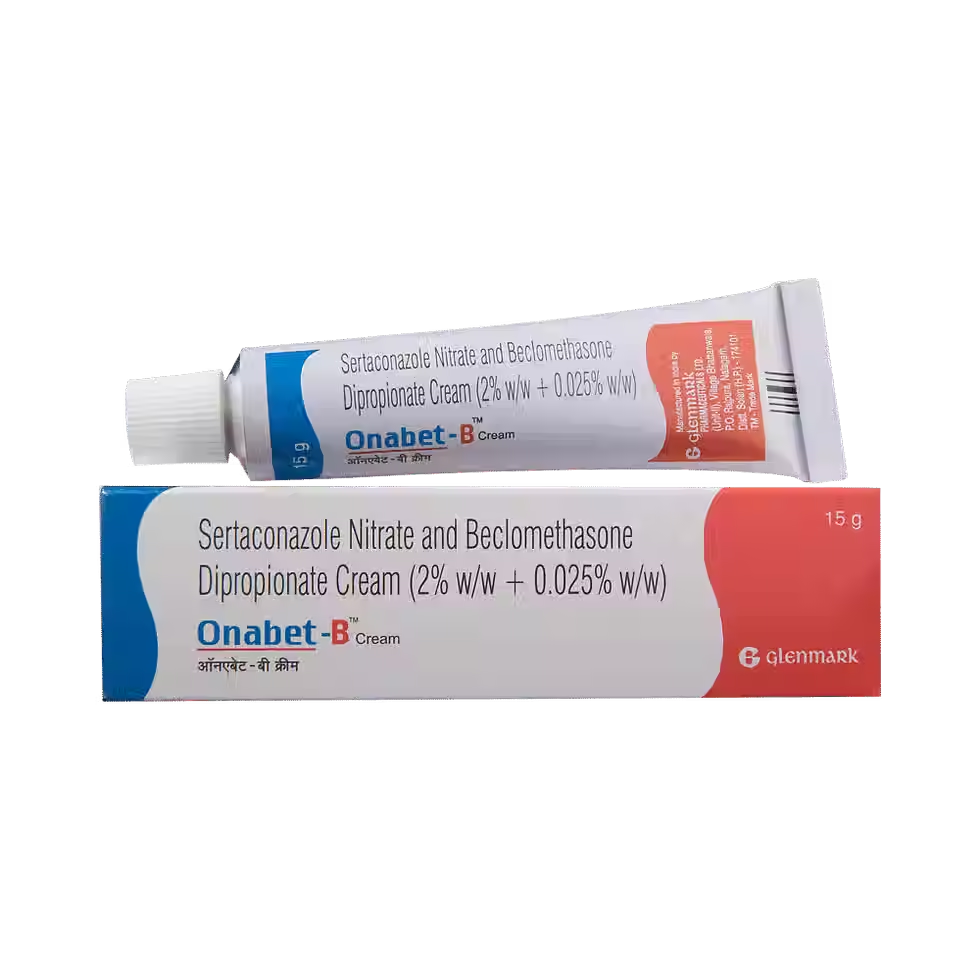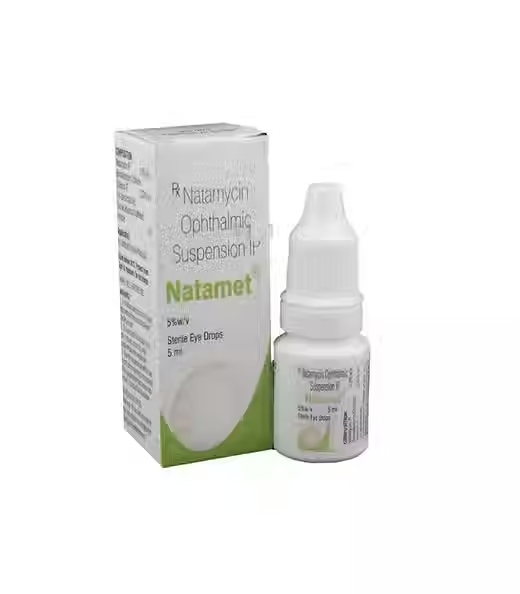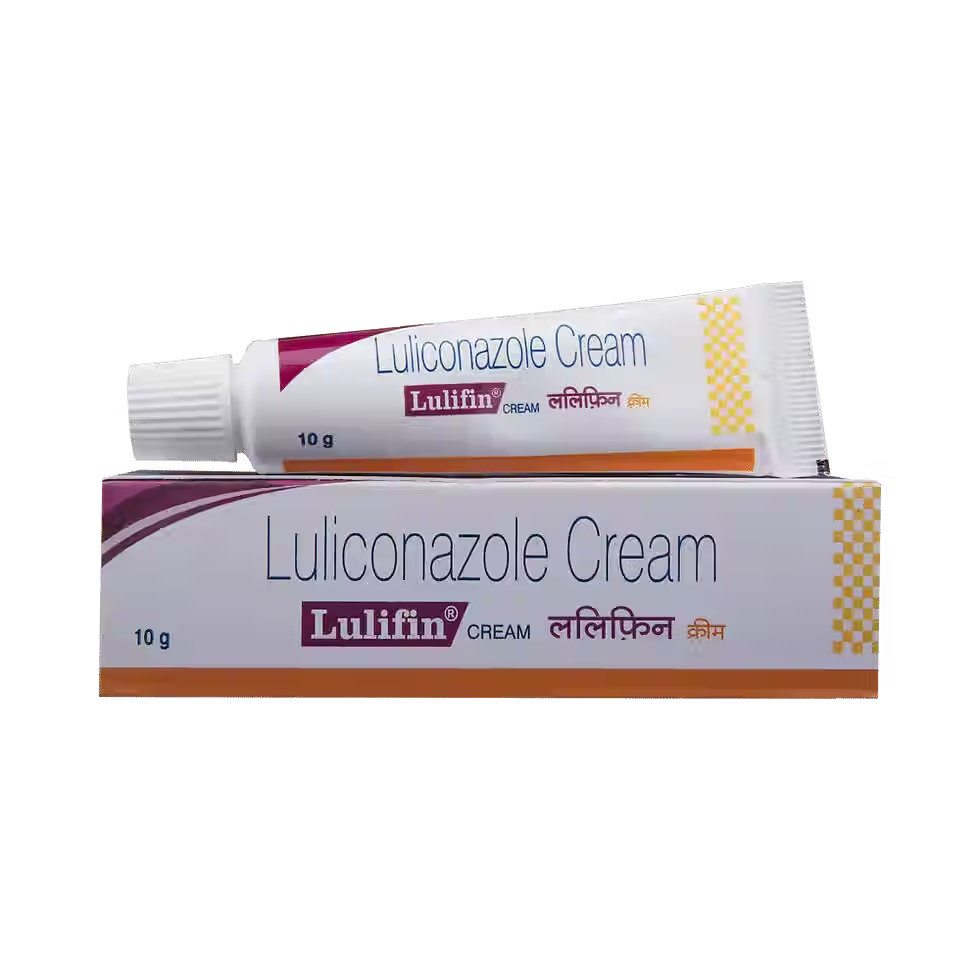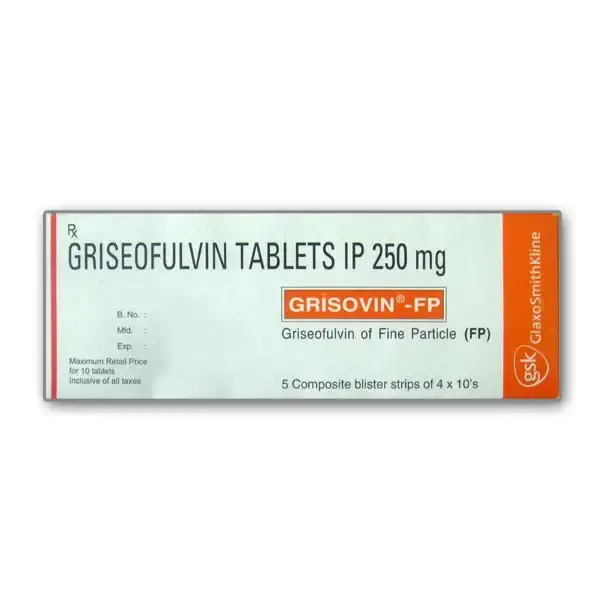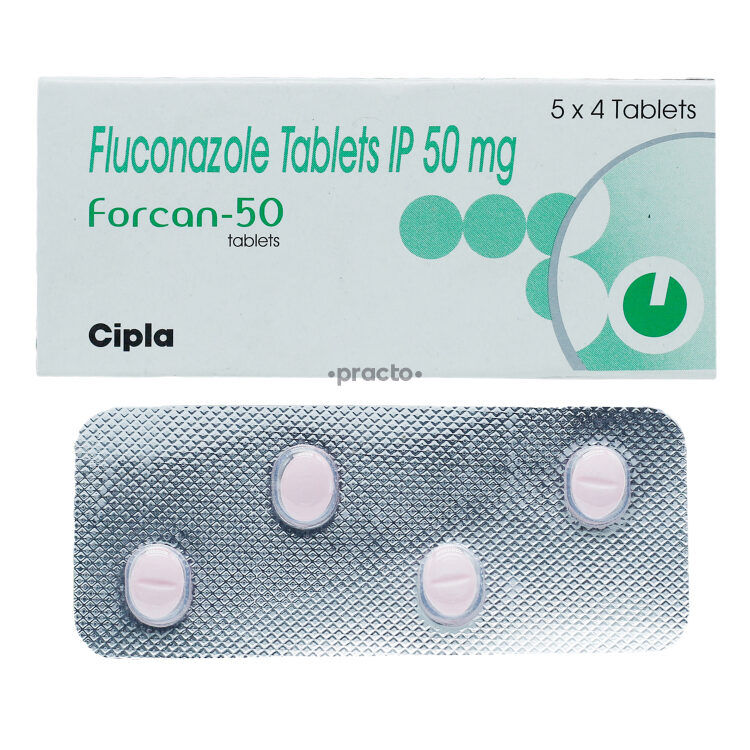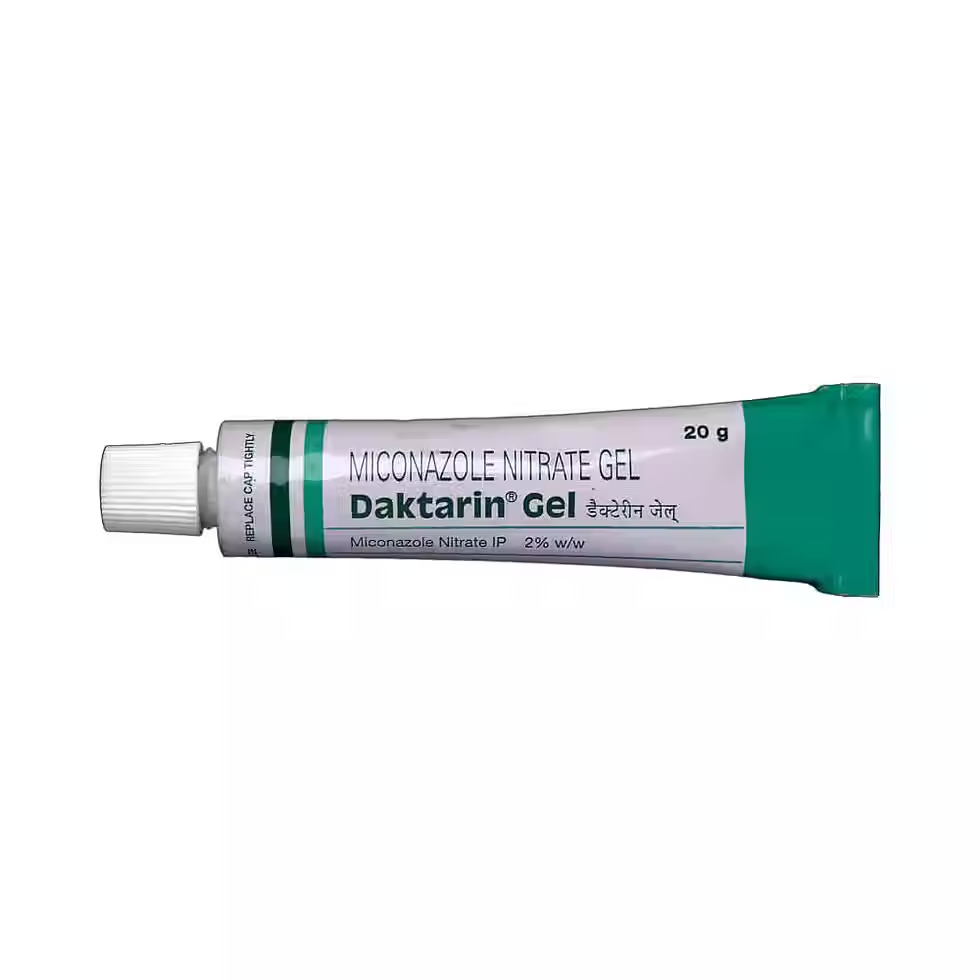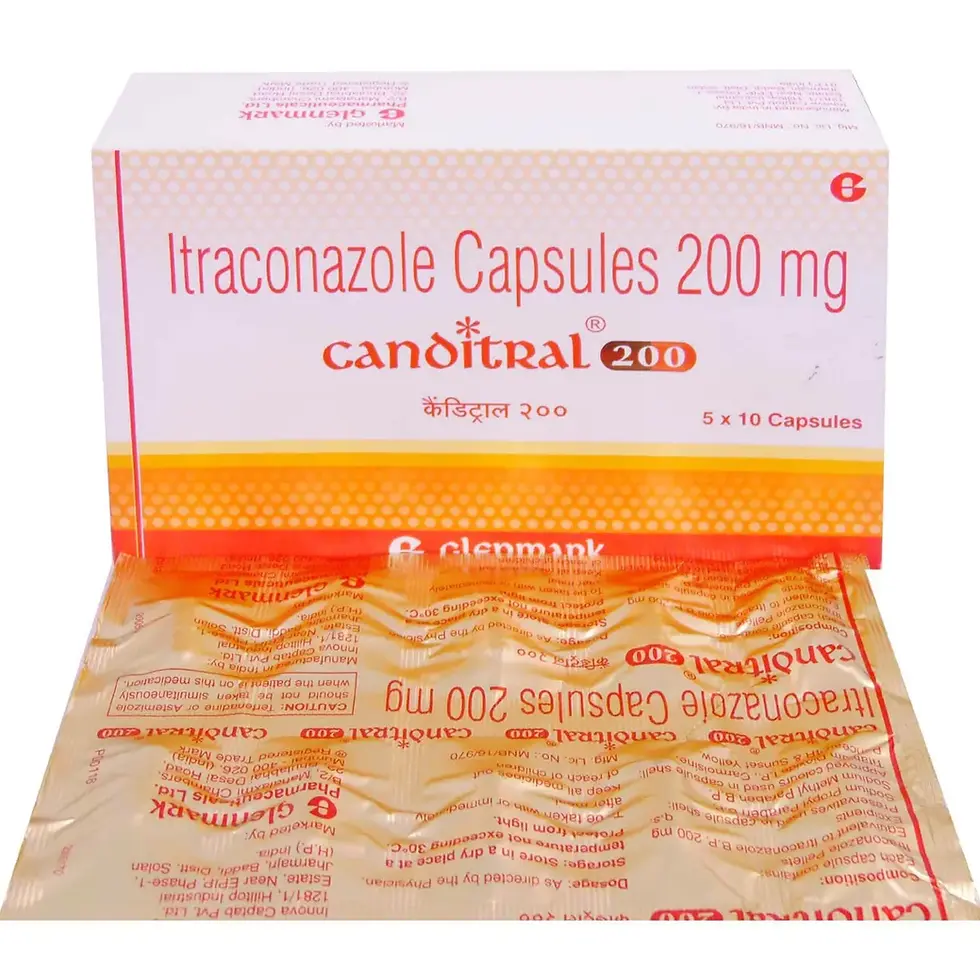Antifungal medicines (also called antifungals or antimycotics) are drugs designed to kill or inhibit the growth of fungi responsible for infections in skin, nails, mucous membranes, and internal organs. They work by disrupting fungal cell walls or preventing fungal replication, providing targeted relief for conditions like athlete’s foot, jock itch, ringworm, candidiasis, and systemic mycoses.
-
Dermatologic: Red, scaly, itchy patches (ringworm, athlete’s foot)
-
Nail Changes: Thickening, discoloration, brittleness (onychomycosis)
-
Mucosal: White patches in mouth or throat (oral thrush), vaginal itching/discharge
-
Hair & Scalp: Flaky, itchy scalp and hair loss (tinea capitis)
-
Systemic (rare): Fever, cough, chest pain, fatigue (invasive fungal infections)
-
-
Direct Contact: Skin-to-skin spread or shared personal items (towels, shoes)
-
Moist Environments: Warm, humid areas like locker rooms and public showers
-
Immunosuppression: HIV/AIDS, chemotherapy, corticosteroid use
-
Antibiotic Use: Disruption of normal flora leading to overgrowth (e.g., candidiasis)
-
Poor Hygiene & Circulation: Sweaty feet, tight footwear, or diabetes-related circulation issues
-
-
Excessive Sweating: Sports, hot climates, synthetic clothing
-
Tight or Non-Breathable Footwear: Promotes moisture buildup
-
Shared Facilities: Public pools, gyms, dormitories
-
Hormonal Changes: Pregnancy or oral contraceptives can predispose to yeast infections
-
Skin Trauma: Minor cuts or abrasions that allow fungal entry
-
-
Clinical Examination: Visual inspection of lesions or nails
-
Microscopy & Culture: Skin scrapings, nail clippings, or swabs examined under microscope and cultured
-
Wood’s Lamp Test: UV light to detect certain fungal species on skin
-
Blood Tests & Imaging: For suspected systemic infections, including antigen assays and chest X-ray/CT
-
-
Topical Antifungals:
-
Clotrimazole, Miconazole, Terbinafine Creams/Sprays for skin infections
-
Ketoconazole Shampoo for scalp tinea or dandruff
-
-
Oral Antifungals:
-
Fluconazole, Itraconazole, Terbinafine Tablets for nail and systemic infections
-
Griseofulvin for dermatophyte infections in children
-
-
Combination Therapy: Topical plus oral treatment in severe or refractory cases
-
Adjunctive Measures: Keep affected areas clean & dry, change socks/shoes daily, use absorbent powders
-
Q1: How long before I see improvement?
A: Topical treatments often relieve itching in 3–5 days; oral therapy for nail infections may require 6–12 weeks.
Q2: Can I use the same cream for ringworm and athlete’s foot?
A: Yes—broad-spectrum azoles and allylamines (e.g., clotrimazole, terbinafine) work against both.
Q3: Are oral antifungals safe long-term?
A: Liver function should be monitored; most courses last 2–6 weeks, with longer therapy under medical supervision.
Q4: How can I prevent reinfection?
A: Maintain dry, well-ventilated footwear, wash linens regularly, and avoid sharing personal items.
Q5: Do I need a prescription?
A: Many topical antifungals are OTC; oral agents usually require a prescription—consult your healthcare provider for guidance.











